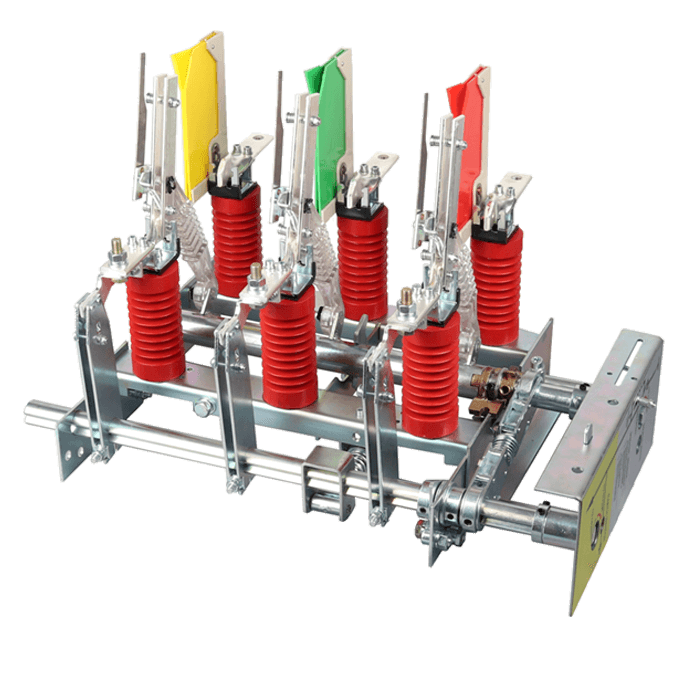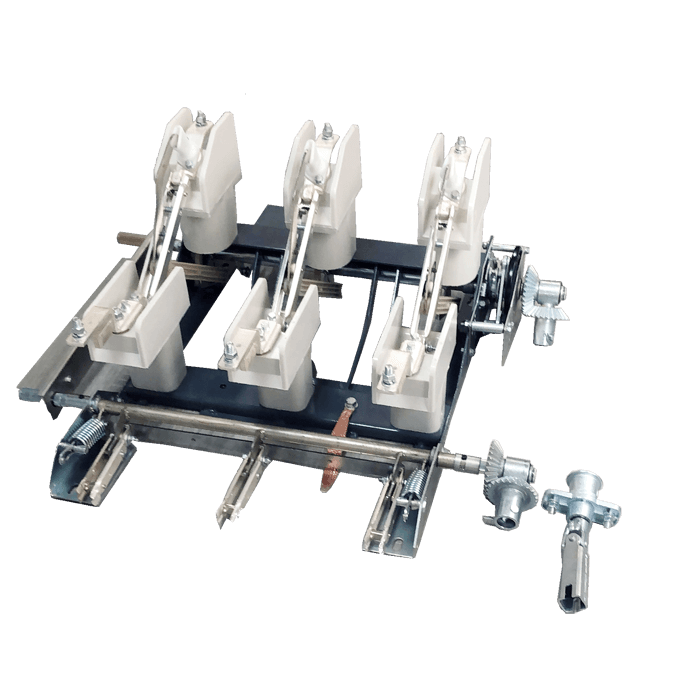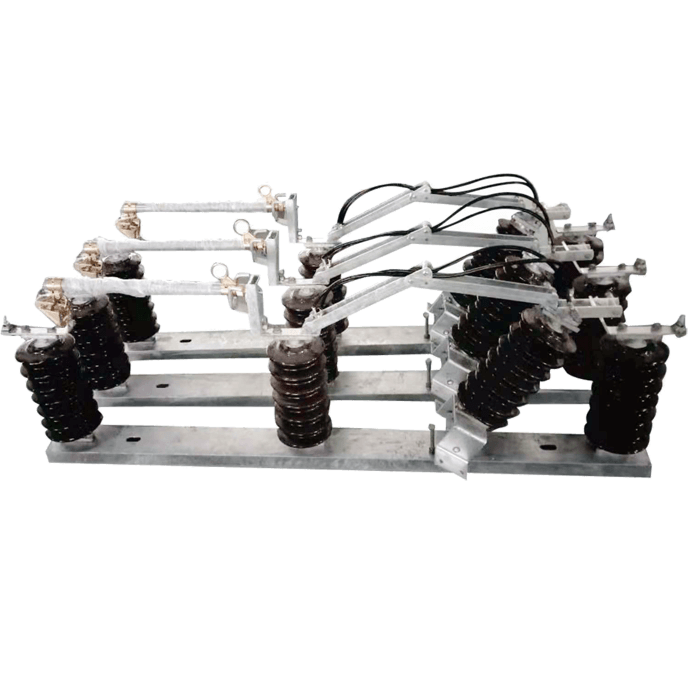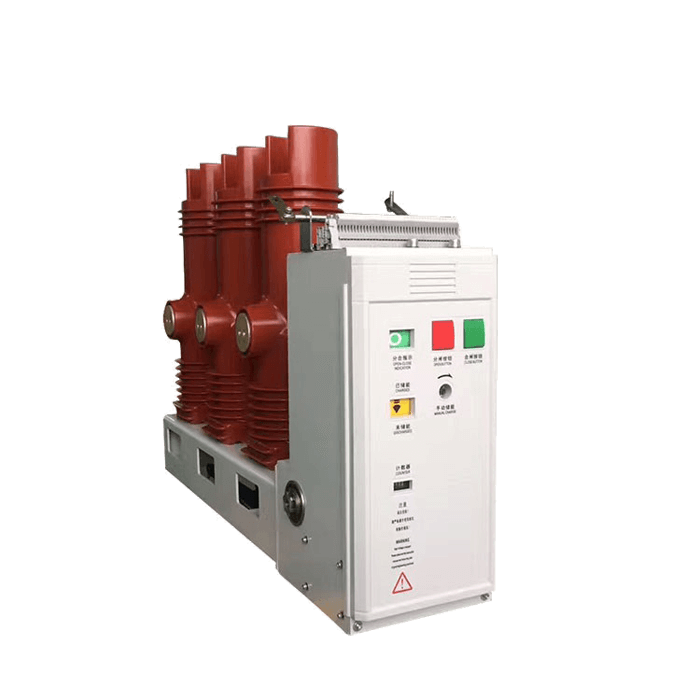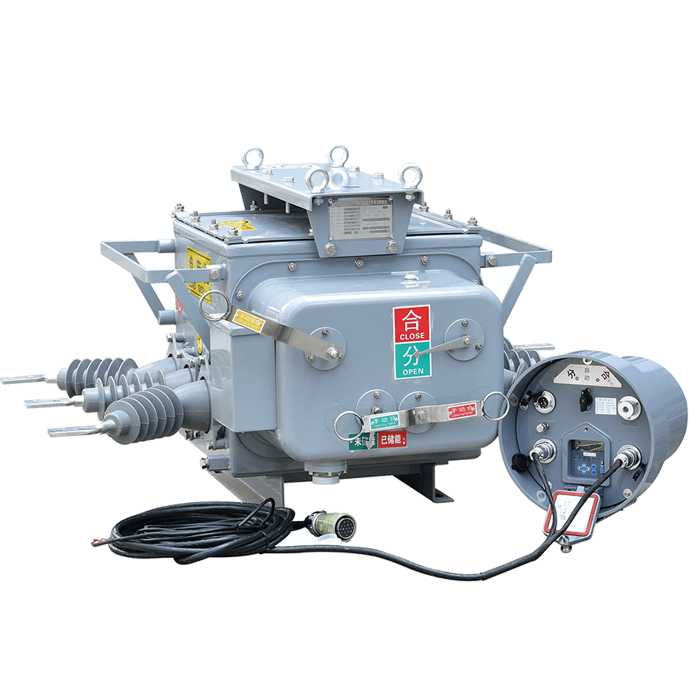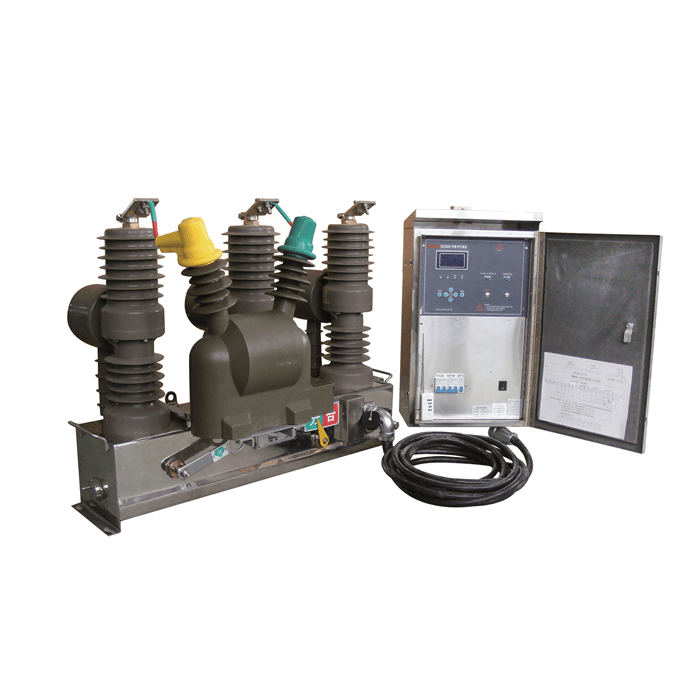What is disconnect switch in substation?
What is disconnect switch in substation?
In electrical engineering, a disconnector, disconnect switch or isolator switch is used to ensure that a circuit is completely de-energized for repair or maintenance.
12kv/24kv/36kv disconnect switch only used to break circuits and are often found in power distribution and industrial applications where machinery must remove its driving power for adjustments or repairs. The isolation switch can be operated manually or electrically, and can be paired with a grounding switch to ground the part that has been isolated from the system to ensure the safety of equipment and staff.
High-voltage disconnectors are used in substations to isolate equipment such as circuit breakers, transformers, and transmission lines for maintenance. Isolation switches are usually not used for normal control of circuits, but only for safety isolation. Unlike load switches and circuit breakers, disconnectors lack mechanisms to suppress arcing, which occurs when conductors carrying large currents are electrically interrupted. Therefore, they are unloading devices with a very low breaking capacity, designed to open only after the current has been interrupted by some other control device. Utility company safety regulations must prevent attempts to open the disconnect switch while power is being supplied to the circuit. Safety standards in some countries may require local motor isolators or lockable overloads (which can be padlocked).
IEC standard 62271-102 defines the functions and characteristics of disconnectors.
Disconnectors are lockout and tagout so accidental operation cannot occur. In high voltage or complex systems, these locks may be part of a key lock interlock system to ensure proper sequence of operations. In some designs, the isolating switch has the additional capability of grounding the isolated circuit, providing additional safety. This arrangement would be suitable for interconnecting circuits in power distribution systems where isolation is required at both ends of the circuit.
The main types of disconnect switch are:
Center Break Isolator switch
Double break isolating switch
Pantograph isolator switch
Horizontal break knee disconnect switch
vertical breaker switch
Coaxial isolation switch
12kv disconnect switch / disconnector / Isolator switch / isolating switch
24kv disconnect switch / disconnector / Isolator switch / isolating switch
36kv disconnect switch / disconnector / Isolator switch / isolating switch
These are chosen based on the substation layout, available clearances and space constraints.
Integrated disconnect switch:
the high voltage / medium voltage disconnect switch is integrated in the breaking room, thus eliminating the need for a separate isolating switch. The purpose of this combined device is to reduce maintenance and increase availability and reliability. An earthing switch or fuse must be used when used, and the performance must be increased by typical values.
Outdoor disconnectors typically require maintenance every five years (every two years in heavily polluted conditions), while circuit breakers are serviced every 15 years.
JGGY is manufacturer for medium voltage(outdoor and indoor) load break switch, Disconnector, cutout fuse, Surge Arrester, vacuum circuit Breaker, ..
Ms Miya: sales@jggyelectrical.com
Whatsapp: +86 181 0679 6660


